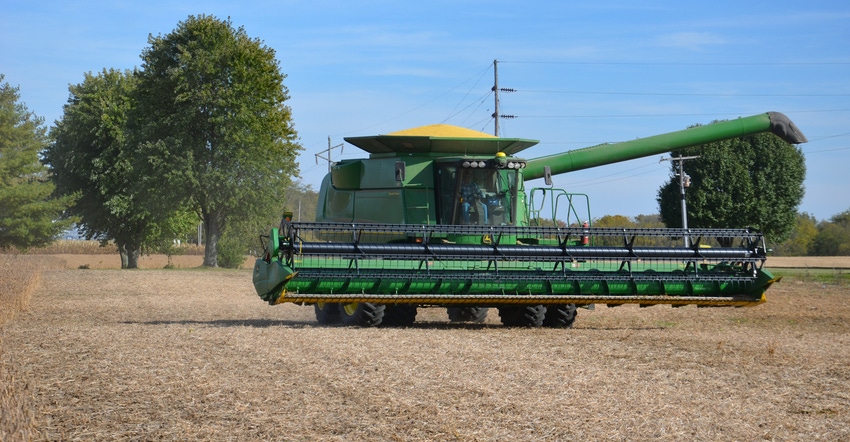October 1, 2020

An ounce of prevention is worth a pound of cure when it comes to weed management, especially for herbicide-resistant weeds.
Resistant weeds can cause significant yield loss and increased production costs, and are becoming a bigger problem every year in Pennsylvania.
Our most problematic herbicide-resistant weeds — like marestail, waterhemp and Palmer amaranth — can easily spread from one field or one farm to the next as seeds get trapped in the combine and hitch a ride field to field at harvest.
It’s important to be proactive to prevent this seed spread. You should have a plan going into the harvest season, including the appropriate order to harvest fields and equipment-cleaning protocols.
GROW (Get Rid Of Weeds), a publicly led network that provides resources and tools for implementing integrated weed management, suggests a few simple ways to prevent the spread of weeds with equipment.
First, scout your fields before harvest and identify what fields have noxious weeds. Where herbicide-resistant weeds are found, harvest or till those portions of a field last.
Next, make sure your equipment is clean. If the combine or tillage equipment entering a field has recently been in an area with herbicide-resistant weeds, clean the equipment or use different equipment if it is available. Other cleaning tips include:
Clean the combine from the top, moving from the header backward.
Completely clean used equipment upon purchase.
Use an air compressor to remove as many weed seeds from the combine as possible, including the rock trap, grain auger and tailings processor.
Follow the straw bale methodology to clean the combine after use in fields with herbicide-resistant weeds and at the end of the year.
Once harvested, fields should not be abandoned until next spring. Marestail, a winter annual weed, will thrive in the fall after corn or soybean harvest. Fall burndown in marestail-infested fields is essential.
Although waterhemp and Palmer amaranth are summer annuals, they can still potentially set seed with favorable weather, even if the cutter bar knocked them back to only a few inches tall. It is important to continue to scout fields and take action if necessary.
Lastly, planting cover crops after any necessary burndown this fall can substantially improve weed management. Research shows that high-biomass cover crops, like cereal rye, not only reduce the number of weeds that emerge from seed in the spring, but delay weed germination and growth, making it easier to spray while weeds are smaller and more susceptible to herbicides. A thick cover crop mat can extend this weed suppression well into the growing season.
Reed is an agronomy educator with Penn State Extension, and Wallace is an assistant professor of plant science at Penn State.
Source: Penn State Cooperative Extension, which is solely responsible for the information provided and is wholly owned by the source. Informa Business Media and all its subsidiaries are not responsible for any of the content contained in this information asset.
You May Also Like




